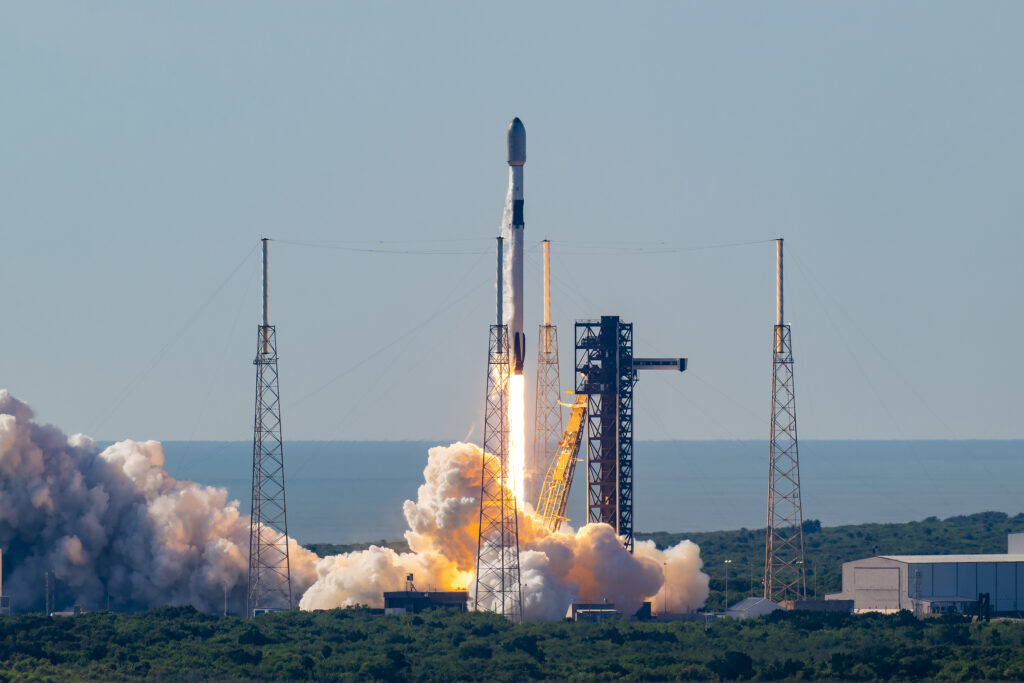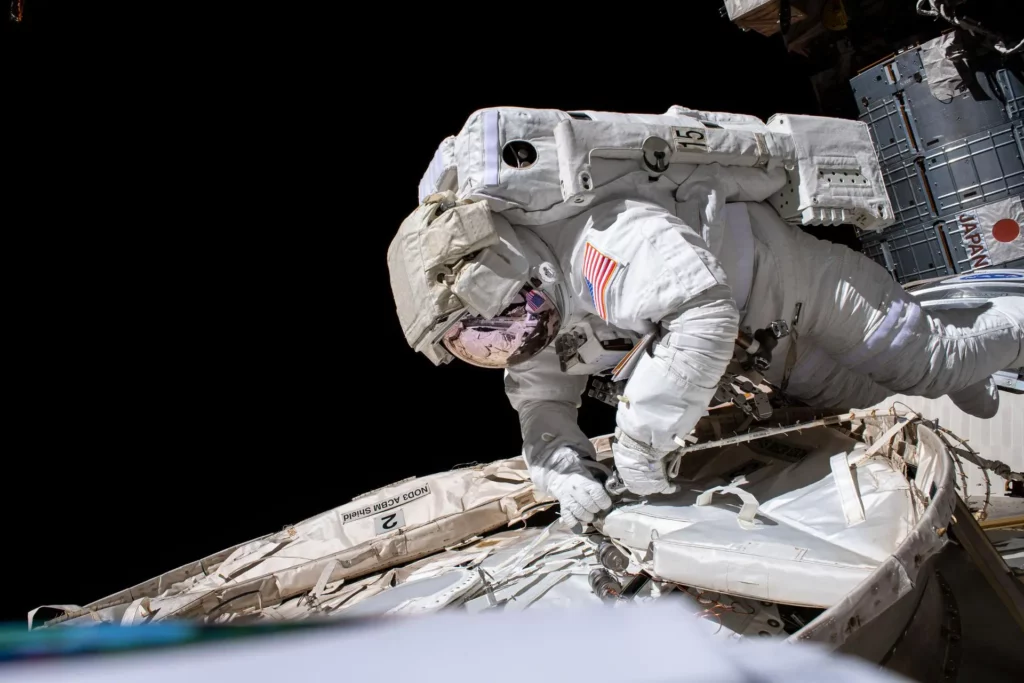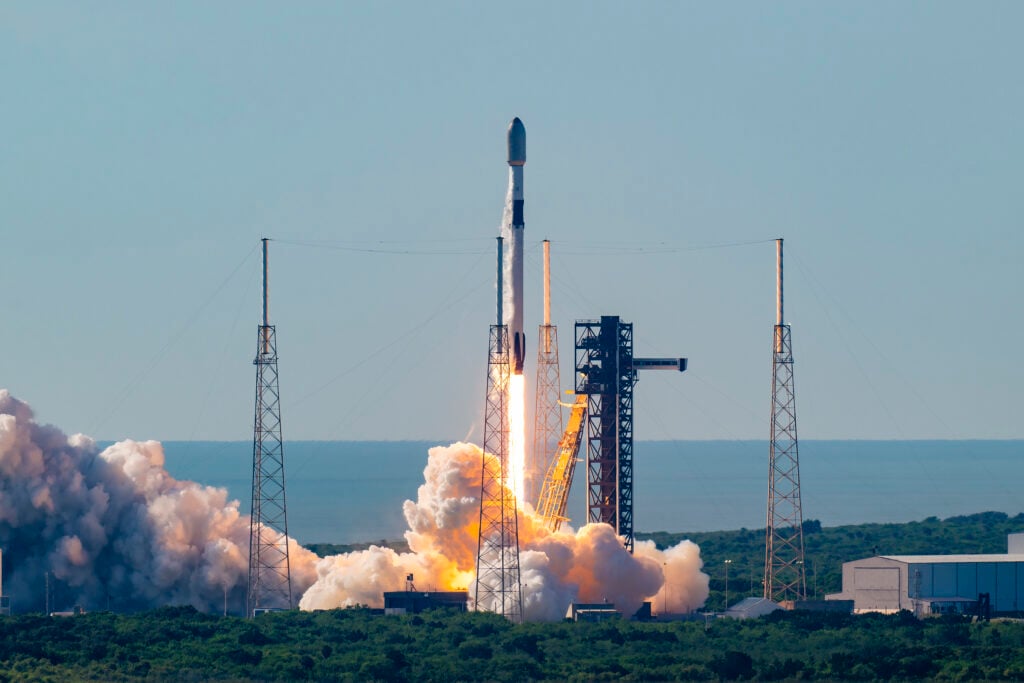
In a move that underscores NASA’s unwavering commitment to safety, the agency has decided to bring Boeing’s Starliner spacecraft back to Earth without astronauts Butch Wilmore and Suni Williams aboard. Instead, the spacecraft will make its return journey uncrewed, allowing NASA and Boeing to gather additional testing data without taking unnecessary risks.
The decision comes after a series of issues were identified with the spacecraft, including helium leaks and problems with the reaction control thrusters as Starliner approached the International Space Station in June. Since then, NASA and Boeing engineers have been hard at work analyzing data, conducting tests, and exploring contingency plans. Despite their efforts, the uncertainty surrounding the spacecraft’s performance led NASA leadership to prioritize the astronauts’ safety and opt for an uncrewed return.
NASA Administrator Bill Nelson emphasized the inherent risks of spaceflight, particularly during test flights, stating, “Spaceflight is risky, even at its safest and most routine. A test flight, by nature, is neither safe, nor routine. The decision to keep Butch and Suni aboard the International Space Station and bring Boeing’s Starliner home uncrewed is the result of our commitment to safety: our core value and our North Star.”

Wilmore and Williams, who have been integral to the Expedition 71/72 crew since their arrival at the station in June, will continue their mission through February 2025. They will eventually return to Earth aboard a Dragon spacecraft as part of NASA’s SpaceX Crew-9 mission, which is now slated to launch no earlier than September 24, 2024.
As for Starliner, its uncrewed return to Earth will provide valuable data that will inform future improvements and corrective actions for the spacecraft. NASA and Boeing remain focused on ensuring that Starliner meets all safety and performance requirements before it is certified for regular crewed missions.
Steve Stich, manager of NASA’s Commercial Crew Program, acknowledged the progress made so far, stating, “The NASA and Boeing teams have completed a tremendous amount of testing and analysis, and this flight test is providing critical information on Starliner’s performance in space. Our efforts will help prepare for the uncrewed return and will greatly benefit future corrective actions for the spacecraft.”
With the Crew-9 mission on the horizon, NASA and SpaceX are working to adjust the mission’s configuration to accommodate Wilmore and Williams, including reconfiguring seats, carrying additional cargo, and preparing Dragon-specific spacesuits. The upcoming launch will also mark the ninth rotational mission to the space station under NASA’s Commercial Crew Program, furthering the agency’s goal of safe, reliable, and cost-effective transportation to and from the orbital outpost.
As NASA continues to push the boundaries of space exploration, the lessons learned from Starliner’s journey will play a crucial role in shaping the future of human spaceflight.

